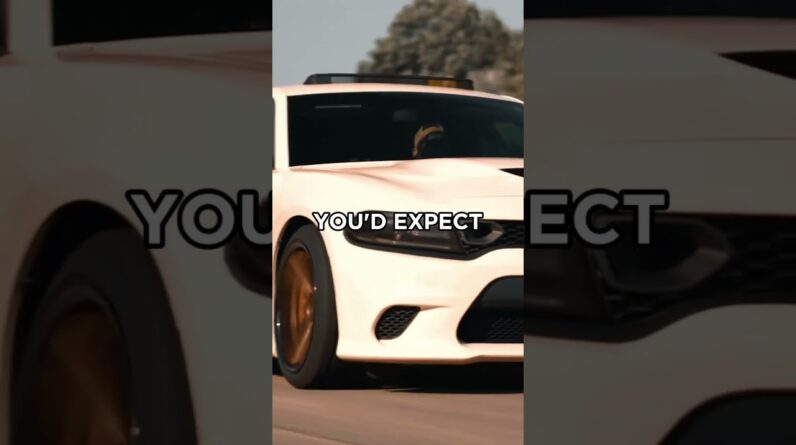Peugeot, the eminent French car manufacturer, has pulled back the curtains on its third-gen 3008 model, a noteworthy leap in electric mobility and in-car tech features. Seven years have elapsed since the previous model saw the light of day in the European landscape, heralding new prospects for what is arguably Peugeot’s most popular automotive offering.
Introducing its maiden voyage into the electric car market, the all-new 3008 incorporates an electric variant named E-3008. Furthermore, plans are underway for mild-hybrid configurations. A distinguishing feature of this compact crossover is its inception on the STLA Medium architecture, an innovation by Stellantis, Peugeot’s corporate parent. This places the 3008 as the inaugural vehicle in mass production to utilize this specific architecture. Future buyers can anticipate two main trim categories—Allure and GT—with the added luxury of selecting from three tailor-made packages and a triad of electric propulsion systems.
The main electrical configuration houses a 400-volt battery assembly that employs nickel-manganese-cobalt (NMC) chemistry, boasting a net capacity of 73 kWh. This is mated to a front-facing synchronous electric motor pumping out 210 horsepower and 253 lb-ft of torque. On a fully-juiced battery, this setup promises a respectable cruising distance of up to 326 miles.
But for the power-hungry consumer? A twin-motor blueprint exists, incorporating the same battery and front motor of its single-motor cousin, but spicing it up with an additional rear-axle electric motor generating 111 hp and 122 lb-ft of torque. This dynamic duo culminates in a net output of 320 hp, while maintaining the driving range at 326 miles. The rear motor is equipped with a system that disengages it under specific driving conditions, a nifty feature indeed.
A version tailored for long-haul drives is also available. This one boasts an upsized 98 kWh battery coupled with a more potent front motor, churning out 230 horsepower and the same torque specifications as the standard model. It promises an astounding maximum distance of 435 miles per full charge, though dual-motor configurations are off the table for this variant.
To enrich the drive, multiple modes are at the driver’s disposal, such as a 4WD option for the dual-motor variant. This feature aids in power distribution across all wheels during slippery conditions but limits the speed to 83 mph.
Charging solutions? The 3008 EV comes with a left rear fender charging inlet compatible with both AC and DC currents. The built-in charger accommodates up to 11 kW from a three-phase source, while an optional 22 kW unit exists. DC rapid charging can reach up to 160 kW, replenishing the battery from 20% to 80% in a mere half-hour.
Furthermore, Vehicle-to-Load (V2L) features are integrated, allowing for the export of electricity from the car battery for domestic appliance use, capped at 3 kW and 16 A. The vehicle also engages in V1G smart charging to synergize with the home energy supply, optimizing charging intervals and lowering expenses.
Dimensionally, this electric version of the 3008 spans 178 inches in length, 74 inches in width, and 64 inches in height. Peugeot’s iconic three-clawed luminescent setup graces both front and back, accompanied by a magnified brand emblem and compact headlights positioned smartly.
Within the interior, the most eye-catching element is undoubtedly the vast 21-inch curved i-Cockpit screen, acting both as a digital gauge cluster and multimedia interface. The Allure trim provides an alternate layout, consisting of dual 10-inch screens combined into one frame. Beneath this, customizable touch-sensitive commands, known as i-Toggles, are placed.
Comfort hasn’t been sacrificed; heated seats come standard, and the front seats have received an ergonomic endorsement from the German AGR association. Additional niceties like seat ventilation, massages, and adaptable side bolsters are on the optional list.
As for storage, the all-wheel-drive variant has a trunk volume of 470 liters, while its front-wheel-drive counterpart provides 520 liters. A smattering of 17 distinct storage pockets throughout the cabin offers an additional 34 liters of storage utility.
Finally, production is set to commence at Stellantis’ Sochaux plant in France, which will also be responsible for assembling the batteries. Deliveries in Europe and elsewhere are slated to kick off by year’s end.
#Peugeot
Get More Great Car Videos – Subscribe: https://goo.gl/BSIaFc







